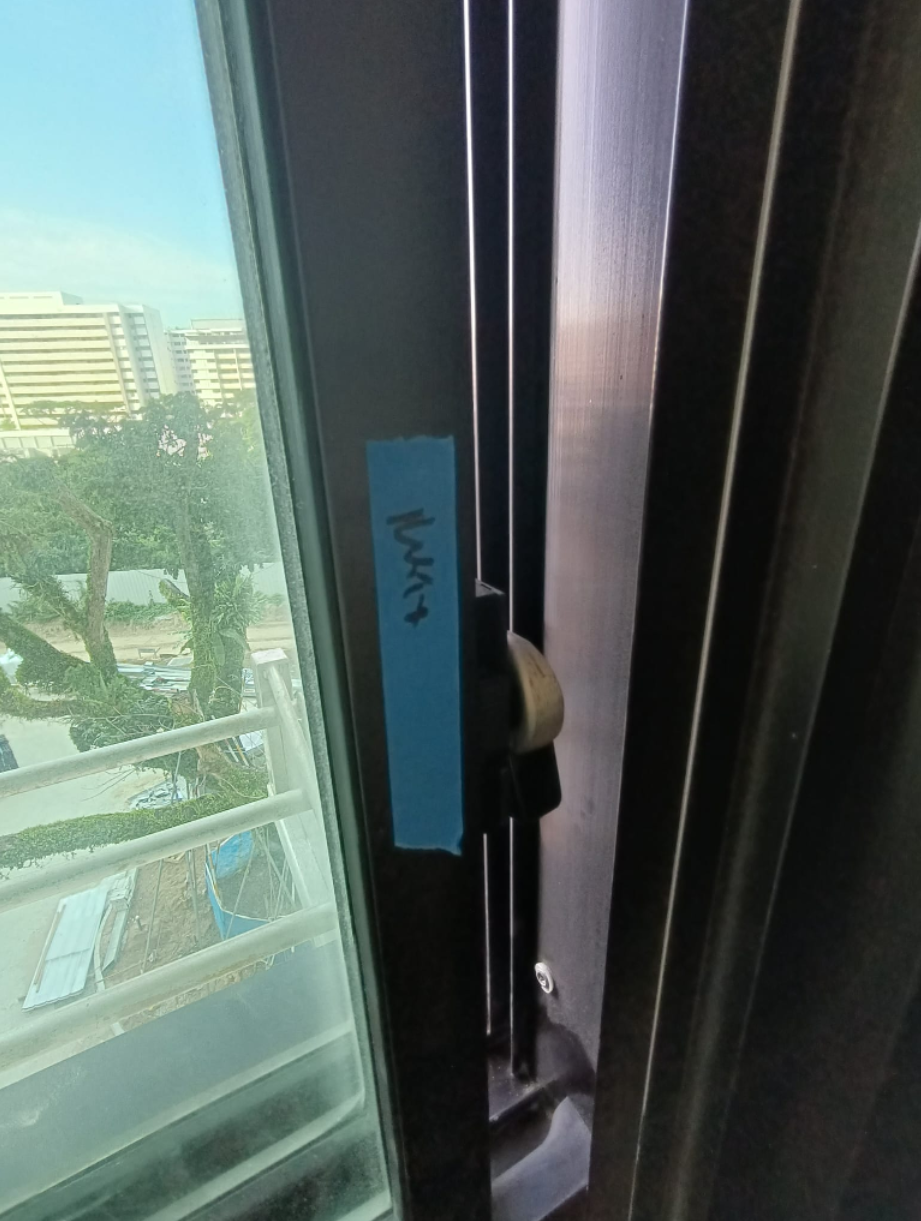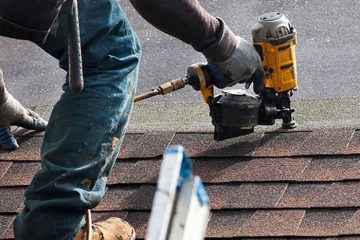BTO Defects Check: What To Inspect In Your New Home
When collecting the keys to your new BTO flat, conducting a thorough BTO defects check is essential to ensure your home is safe, functional, and meets quality standards.
Identifying and addressing any issues early on can save time, prevent future repairs, and give you peace of mind as you settle into your new space.
Here’s a comprehensive checklist to guide you through inspecting and reporting any defects in your new BTO flat, ensuring it’s truly ready to become your dream home.
1. Walls And Ceilings
Look for:
- Cracks and uneven surfaces: Check all walls and ceilings for visible cracks, especially at joints and corners. Minor hairline cracks may occur, but larger ones could indicate structural issues.
- Paintwork: Inspect for uneven paint, bubbles, or peeling, which can affect aesthetics and signal poor application.
- Water stains or dampness: Watermarks, stains, or damp patches on walls and ceilings could suggest leaks from external walls or plumbing.
Why it matters: Any structural imperfections can affect the durability and appearance of your home. Addressing these issues early ensures a better finish and avoids future problems.
2. Flooring
Look for:
- Uneven tiles: Walk around barefoot to feel for any unevenness. Misaligned tiles can create tripping hazards and affect the floor’s overall look.
- Hollow tiles: Tap each tile lightly; a hollow sound may mean the tile isn’t properly adhered and could loosen over time.
- Chips and scratches: Inspect for surface imperfections like chips, scratches, or stains, particularly if the flooring is marble or parquet, as these materials are more prone to visible damage.
Why it matters: Flooring defects can not only detract from the visual appeal but also lead to safety issues, particularly if the tiles become loose or if there are sharp edges.
3. Doors And Windows
Look for:
- Alignment and seals: Ensure doors and windows open smoothly and close without gaps. Misaligned frames can lead to security concerns and allow air drafts.
- Locks and hinges: Test the locks and hinges on all doors and windows. These should work smoothly and securely.
- Waterproofing: For windows, especially those in bathrooms or facing external walls, check for waterproofing. Water seepage through improperly sealed windows can lead to water damage.
Why it matters: Properly sealed doors and windows enhance energy efficiency, security, and weatherproofing in your home. Addressing alignment issues now can prevent costly repairs down the road.
4. Plumbing And Sanitary Fittings
Look for:
- Leaks and water pressure: Run water in all sinks, showers, and toilets. Look for leaks around joints and check that the water pressure is consistent.
- Drainage: Ensure all sinks, showers, and floor traps drain quickly without pooling water. Slow drainage could signal a blockage.
- Fittings: Examine the taps, faucets, and other fittings for scratches or damage. Report any missing or broken fixtures immediately.
Why it matters: Plumbing issues can lead to water wastage, dampness, and even mold growth. Early defect check allows for prompt repairs, preventing future headaches and possible hygiene concerns.
5. Electrical Outlets And Lighting Points
Look for:
- Functionality: Test each power outlet with a plug to confirm it’s operational. Non-functional outlets could be due to wiring issues.
- Placement: Confirm that outlets and switches are in convenient, accessible locations as per your initial layout plan.
- Lighting points: Inspect for loose or exposed wiring and test if lighting points work as expected.
Why it matters: Electrical problems can pose safety hazards. Ensuring the functionality and placement of power points early on lets you plan your space better and avoid potential dangers.
6. Kitchen And Bathroom Fixtures
Look for:
- Cabinetry alignment: Check if the cabinet doors and drawers align and open smoothly without scraping. Misaligned cabinetry can impact usability and aesthetics.
- Countertops and sinks: Inspect for scratches, chips, and stains. Run water in sinks to check for drainage issues and leaks.
- Sealant and waterproofing: The edges around sinks, bathtubs, and countertops should be well-sealed. Poor sealant application can lead to water seepage, which may damage surrounding materials.
Why it matters: Functional kitchen and bathroom fixtures are essential for daily convenience. Identifying and reporting issues in these high-use areas ensures durability and comfort.
7. Balcony And Service Yard (If Applicable)
Look for:
- Flooring condition: Balconies and service yards are often exposed to outdoor conditions. Check for cracks, drainage, and flooring alignment.
- Railings and grilles: Test the stability of railings or grilles. Loose railings pose serious safety risks, especially in high-rise buildings.
- Waterproofing and drainage: Ensure water flows smoothly towards drains, with no pooling. Water trapped on balcony floors can lead to mold and damage.
Why it matters: A secure and well-maintained balcony or service yard adds valuable outdoor space and safety to your home.
Filing Your Defects Report
Once you’ve completed your inspection, it’s time to submit a defects check list to the BTO project team. HDB typically provides a Defects Feedback Form for you to fill out and submit within 30 days of collecting your keys.
During the Defects Liability Period, you can report further issues if they arise, but addressing as many as possible during your initial inspection helps expedite the resolution process.
Final Tips
Taking thorough photos of each defect will aid communication with contractors and serve as records of your concerns.
Always conduct your inspection during daylight hours, as natural light reveals imperfections better than artificial lighting.
Lastly, bring along essential tools like a flashlight and a small object for tapping tiles to ensure a meticulous inspection.
By using this comprehensive checklist, you’ll be equipped to identify potential issues, work with HDB for timely resolutions, and create a space that’s ready for you to move in and enjoy.
While conducting your own inspection is essential, enlisting the expertise of a professional inspection service, such as a1inspection, can offer you peace of mind and a more detailed assessment.
Professional inspectors are trained to spot even the most subtle defects that may go unnoticed to the untrained eye, and they use specialized tools and methods to verify construction quality thoroughly.







